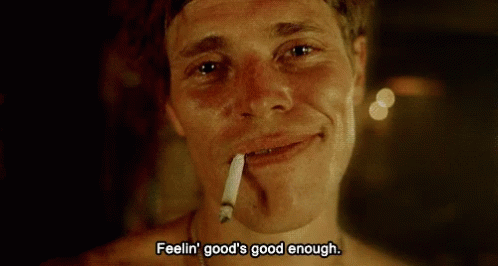

Having established himself as a first-rate ghoul, one would easily expect him to take on the role of one of the more malignant soldiers in “Platoon,” like the psychotic Bunny ( Kevin Dillon) or the unfeeling, cowardly O’Neill ( John C. & amp amp amp amp amp amp amp amp amp amp amp amp amp amp amp amp amp amp amp amp amp amp amp amp amp amp amp amp amp amp amp amp amp amp amp amp lt span id="selection-marker-1" class="redactor-selection-marker"& amp amp amp amp amp amp amp amp amp amp amp amp amp amp amp amp amp amp amp amp amp amp amp amp amp amp amp amp amp amp amp amp amp amp amp amp gt & amp amp amp amp amp amp amp amp amp amp amp amp amp amp amp amp amp amp amp amp amp amp amp amp amp amp amp amp amp amp amp amp amp amp amp amp lt /span& amp amp amp amp amp amp amp amp amp amp amp amp amp amp amp amp amp amp amp amp amp amp amp amp amp amp amp amp amp amp amp amp amp amp amp amp gt When he finally does smile later in the film after receiving a package from Petersen, it’s so far removed from what we’ve seen from him that it only makes him creepier and more alien. That’s reflected in any scene in which he kills someone-where William Petersen’s renegade cop is hotheaded and prone to explosions, Masters neither raises his voice nor contorts his face in anger, instead spitting kiss-off lines with irritated contempt for the people who’ve crossed his path. As he paints out flaws and examines plates, he moves with a kind of sterile precision that makes him seem inhuman.
#Willem dafoe platoon professional#
The best of Dafoe’s early villain roles, and the one that got people to take notice, was in William Friedkin’s gloriously sleazy “To Live and Die in L.A.” Dafoe is ineffably creepy as counterfeiter Eric ‘Rick’ Masters, whose cold-eyed stare and intense concentration when he’s making phony bills communicates someone who’s as professional as he is psychotic. He’s a gang leader again in Walter Hill’s delirious rock musical/actioner “ Streets of Fire,” with the director introducing him in a crowd, first obscured by darkness and smoke, then lit up, his glare, pronounced cheekbones and exaggerated hairstyle making a major hairstyle for Hill’s “rock & roll fable.” Dafoe’s Raven Shaddock is a little less defined than Dafoe’s other villains, but he has a similarly rapacious smirk and motive, establishing himself as the cruelest figure in tough world, one whose territory seems like no man’s land for anyone but the most suicidal hero. That’s his modus operandi throughout much of the film-he’s strikingly out of place in this square town, and he’s going to play up every moment of that, even if it’s just to see how people react.

Covered almost head-to-toe in leather, Dafoe cuts a menacing figure as Vance, the head of a biker gang whose first major scene sees him leaning into the window of a woman he helps on the side of the road and forcing a kiss, seemingly just to get a reaction. After an uncredited appearance in Michael Cimino’s notorious flop/reclaimed cult object “Heaven’s Gate,” Dafoe had his first leading role in “The Loveless,” the directorial debut of Kathryn Bigelow (co-directed by Monty Mongomery, the Cowboy from “ Mulholland Drive”). If there’s a constant to his best work, he’s a man on the outside, removed in one way or another from his environment and circumstances, whether he’s a figure of good or evil.Įarly in his career, Dafoe seemed destined to exclusively play the latter. That speaks to his background in experimental theater as a founding member of The Wooster Group, and to the kind of roles he’s attracted to.

Even so, he’s still someone whose every quiet moment communicates decades’ worth of disappointment and hard choices as he runs The Magic Castle, a small motel purposefully trying to call to mind the "Happiest Place on Earth." It’s one of the high points of a nearly 40-year career that’s seen him teaming with directors ranging from Oliver Stone to Lars von Trier, Werner Herzog to Theo Angelopoulos, Abel Ferrara to Wes Anderson, often on strange, difficult projects. He’s back in a semi-heroic role as Bobby in “ The Florida Project,” one of the kindest, most decent characters he’s ever played. At the same time, he tries to find the human in the monster, the flaws in the hero, the painful pasts and deepest desires of both. He’s followed that pattern throughout his career, veering wildly back and forth between virtuous and venal, sinners and saints, comic book villains and Jesus Christ. Willem Dafoe broke out with both of these characters-one satanic, one angelic-a year apart from each other, his agile body and distinctively angular face stretching in diametrically opposed directions.


 0 kommentar(er)
0 kommentar(er)
